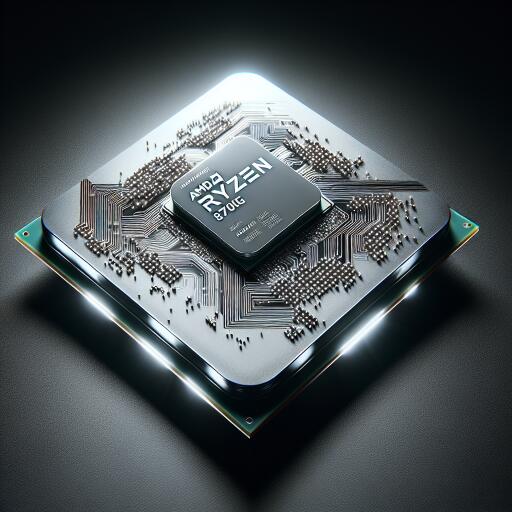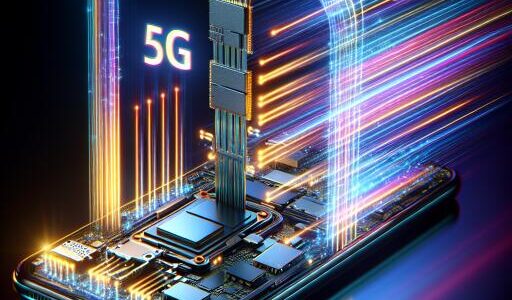REVIEW | AMD Ryzen 7 8700G Processor: A Game Changer for Integrated Graphics Performance
In the swiftly evolving domain of computer processors, AMD has once again made headlines with the introduction of its Ryzen 7 8700G, a component of the 8000G series processors launched early this year. This new entrant stands out for its integration of cutting-edge CPU and GPU architectures, promising an intriguing blend of performance and efficiency for users ranging from casual to more demanding gamers and content creators.
Under the Hood: AMD Ryzen 7 8700G Specifications
The Ryzen 7 8700G is built on the Zen 4 CPU microarchitecture combined with an RDNA 3 integrated graphics architecture. This innovative pairing allows the processor to feature smaller transistor designs, enabling a higher density of components and significantly boosting data processing capabilities within a compact footprint suitable for various motherboard designs.
At its core, the Ryzen 7 8700G boasts eight cores capable of processing 16 threads simultaneously, offering superior multitasking capabilities through multithreading technology. This feature is particularly attractive for users looking for efficient performance in simultaneous computing tasks.
An intriguing aspect of the Ryzen 7 8700G is its Radeon 780M integrated graphics processor (IGP), clocking in at 2900 MHz. Despite sharing 2GB of the system’s RAM for its operations, this IGP demonstrates the potential to redefine expectations for integrated graphics performance, especially in gaming scenarios.
Benchmarking Performance and Gaming Capability
Our review setup included a Gigabyte B650M K motherboard paired with 16GB RAM, providing a solid base for evaluating the Ryzen 7 8700G’s capabilities. Across various tasks, from web browsing to multimedia playback, the processor delivered smooth, responsive performance indicative of its design’s robustness.
The real test, however, was its gaming performance. Utilizing the Unigine Heaven Benchmark at high settings and 1440p resolution, the Ryzen 7 8700G achieved an average framerate of 29.1 FPS—impressive for an IGP, though performance can be notably improved at lower resolutions and settings.
In game-specific tests, the Ryzen 7 8700G offered a blend of highs and lows. It managed to run “Hades II, Early Access” at high settings and 4K resolution smoothly, maintaining a solid 30 FPS. However, more graphically demanding titles like “Monster Hunter Rise: Sunbreak” and “Need for Speed: Heat” required adjustments to either graphical settings or resolution to achieve playable frame rates, pointing to limitations when pushing the integrated graphics to their limits.
Notably, during our testing, “Need for Speed: Heat” and “Ghost of Tsushima: Director’s Cut” presented challenges, with the system shutting down to prevent overheating under maximum load conditions. This underscores the importance of managing expectations regarding the integrated GPU’s capabilities for the latest AAA titles.
Final Verdict: A Strong Contender in Integrated Graphics
The AMD Ryzen 7 8700G sets a high bar for what integrated graphics processors can achieve, offering a compelling option for users seeking a balanced blend of processing power and graphical performance without the need for discrete GPUs. With its eight cores and 16 threads, it showcases remarkable efficiency and multitasking prowess.
However, prospective users should note the necessity for an AM5 socket motherboard and DDR5 RAM, which may entail additional costs given their recent introduction into the market. Moreover, ensuring compatibility and optimal performance may require a BIOS update, a minor inconvenience balanced by the processor’s overall value proposition.
Priced between P20,000 to P23,000, the AMD Ryzen 7 8700G represents a sound investment for those looking to assemble a mid-range gaming PC or upgrade an existing setup. It’s a testament to AMD’s ongoing innovation in integrating high-performance graphics capabilities directly onto their CPUs, offering a glimpse into the future of gaming and computing.









